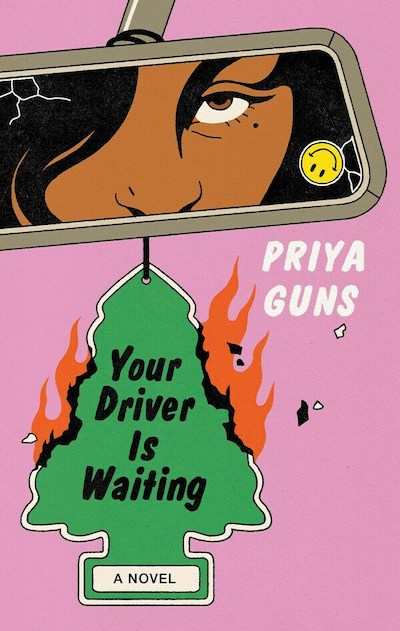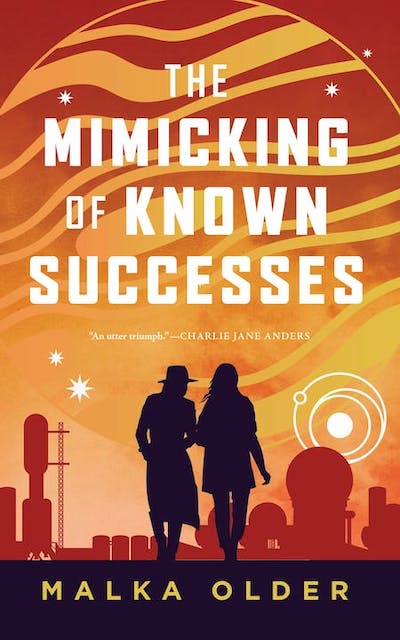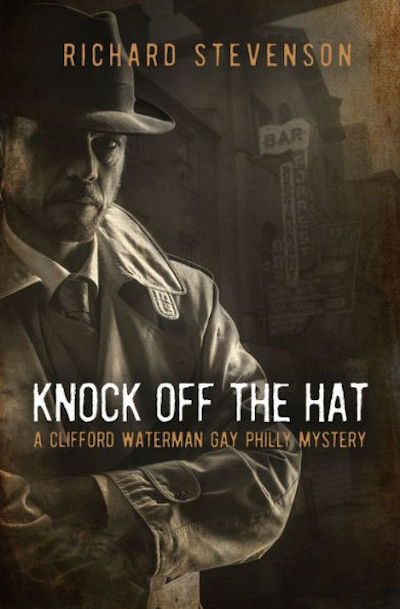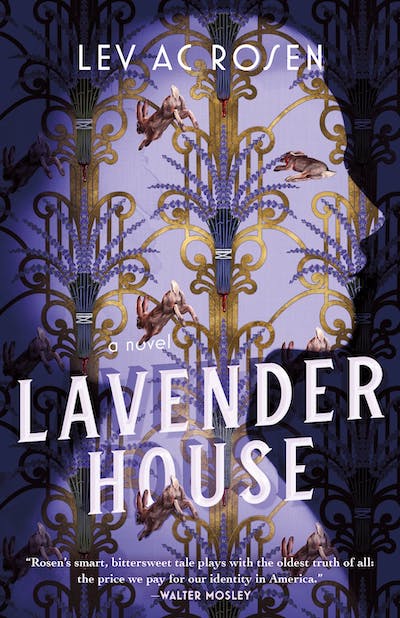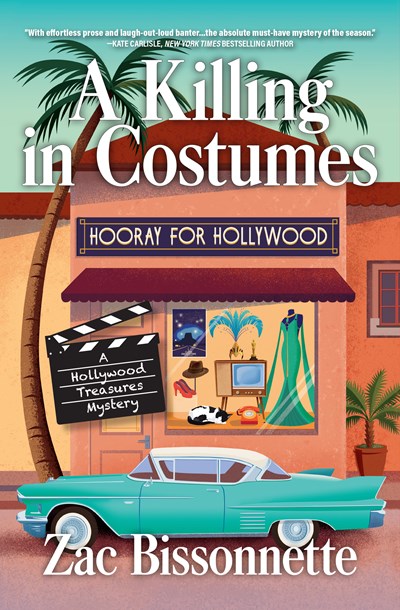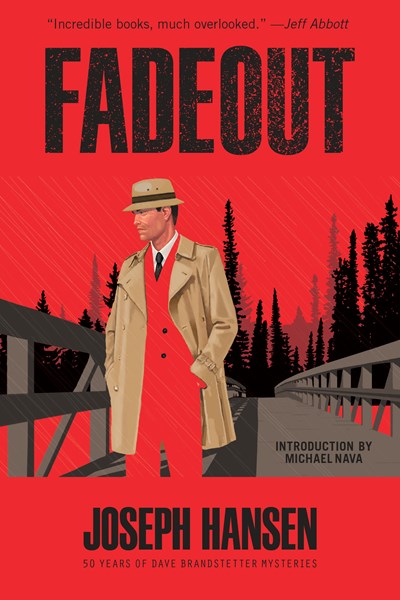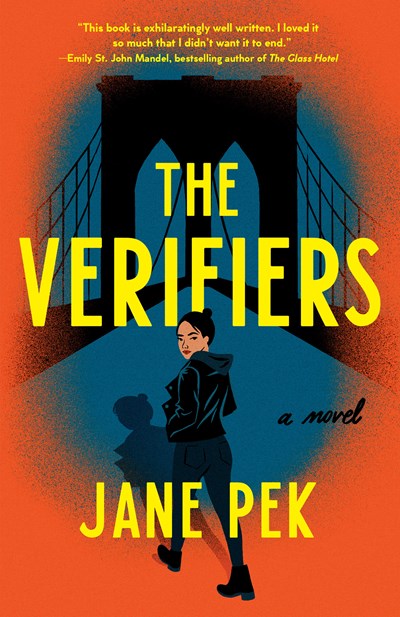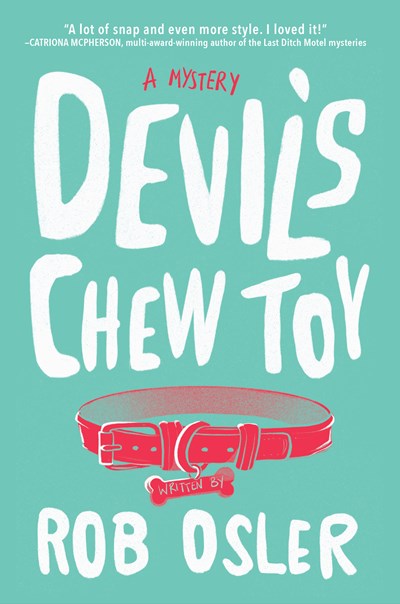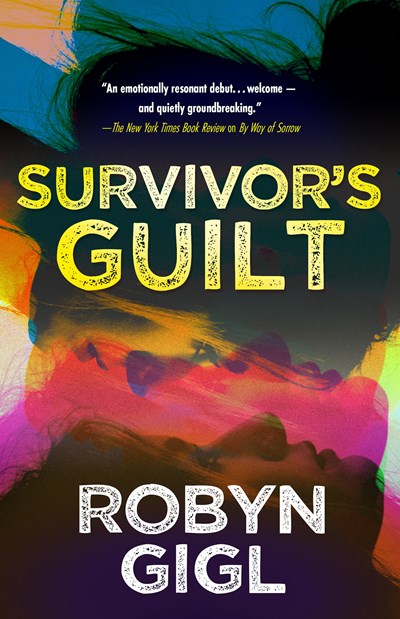Damani Krishanthan’s life is drudgery. Her Amma, or mother, is housebound and expects to be waited on hand and foot, even leaving food all over her face for that extra touch of martyrdom. When not on Amma duty, Damani drives for an Uber-like service that’s taking an ever bigger cut of her proceeds, even her tips, as time goes by, so that she takes every customer who pops up, sleeping only at red lights. A few times in the book the character directly addresses the reader, telling us for example that the city that this story takes place in will remain nameless because cities are all the same now; the effect is to telegraph that she’s so tired that she can’t even maintain the façade of fictionality and will just talk to us, OK? The non-stop grind lifts a bit when Damani gets a cute customer, Jo, who then shows up at a club the cabbie goes to with friends. She’s unlike anyone Damani has dated, but the same is true for Jo, who is not used to being in spaces where she’s a minority, a situation with results that push Damani over the edge. This protagonist’s life is a slow-motion train crash that you won’t be able to look away from, and Guns paints a scathing portrait of the gig economy, both in literal terms and in terms of those considered a temporary novelty in relationships. A debut with shades of Elle Cosimano’s Finlay Donovan series, but also memorably and refreshingly unlike anything else.
LGBTQ+
It’s hard to pull off a novel that attempts to have equal footing in two genres—never mind three—and typically one of the genres ends up taking on a minor role. Just think of all those unrequited romances lurking in the background of crime novels, sometimes through a whole series. But The Mimicking of Known Successes, a work of speculative fiction, a traditional mystery, and a romance is a walloping success. Earth is no longer a livable planet, and humans have long been settled on a colony located on the far outskirts of Jupiter, itself a gas giant. The worldbuilding here—how can humans survive in such an inhospitable environment?—is both subtle and fascinating. Layer over that a very traditional, academic, British mystery—think Gaudy Night—add a heart-felt romance, and you have one of the most unusual mysteries of the year. Terse and reserved, Investigator Mossa is seeking a man who’s gone missing, she doesn’t buy the notion that he committed suicide. He’s an academic, so the search takes her back to her university and Pleiti, an old girlfriend who’s now a professor researching the possibility of humans returning to Earth. Together they set out to find the missing academic, save themselves from death, and maybe even help rescue Earth from a calamity. Older is the author of the Centenal Cycle Trilogy. This would be a great choice for a book group.
It’s summer in post-World-War-II Philadelphia. The temperature is rising, and so too is the gay bashing, thanks to the police department and the City’s hugely corrupt judicial system. Tough-talking, but also hugely funny, Clifford Waterman—a former police detective who received a dishonorable discharge from the Army for being caught in the act in Cairo—is trying to make a go as a noirish PI. He’s hired to get the charges against a young man caught up in a bar raid dismissed and his $500 bribe reduced. Shake-downs of lesbians and gay men are nothing new, but Waterman begins to realize that the scope of the attacks and the size of the bribes are escalating hugely—along with the psychological damage and suicides that the publicity is causing among the LGBTQ community. Waterman’s search is a broad one, taking him throughout the greater Philadelphia area and up and down the social ladder. Sex and lovers, the relationships between Black and white queer men—expect the racist language of the day—and jazz and the blues all contribute to creating a memorable time and place. It’s great to have the author of the ground-breaking Don Strachey novels back with what we can only hope will be as prolific a series.
It’s 2 p.m., and Evander “Andy” Mills is sitting alone at a bar, suicidal ideations dancing in his head. And for a good reason. A detective with the San Francisco police, his world was ripped apart when he was caught in flagrante delicto during a raid on a gay bar and thrown off the police force. This is, after all, 1952, and until now Andy has succeeded in keeping his sexuality locked away from the rest of his life. As he reaches for his fifth martini, he’s interrupted by a society woman who has a proposal for him: investigate the mysterious death of her wife, Irene Lamontaine, who died in Lavender House, the family estate. Did she say “wife?” Indeed she did. And off we go to Lavender House, home to the Lamontaine family, who own a soap dynasty, and where nearly everyone, from family members to the help, is absolutely queer. Their world is a fascinating one, as free as it is safe—until, that is, Irene was murdered. No reader who’s made it through the first chapter could ever think of abandoning this magical novel as it morphs into a sort of locked-room mystery with culprits everywhere. But as engrossing as the Lamontaines may be, it’s Andy who centers the narrative, and who emerges from the story—to use contemporary jargon—beginning to heal, both physically and emotionally. Here’s hoping this is just the beginning of Andy Mills’ investigations.
Jay and Cindy have quite a history. Back in the ‘90s they were husband and wife, soap-opera stars, and a successful musical duo. Then Cindy came out as gay, and Jay quickly followed, sinking their entertainment careers as fast as you can say “don’t ask, don’t tell.” Today the two are still buddies, share a home in Palm Springs, and have recently launched Hooray for Hollywood, a movie memorabilia store—think Betty Davis’s director’s chair from the set of What Ever Happened to Baby Jane? But business is slow and money is tight, so when ninety-year-old Yana Davis, an actress from Hollywood’s golden age, approaches them to sell her vast collection of costumes and other items, they’re ecstatic. Hooray for Hollywood indeed, until they discover that they’re competing against Dylan Redman, VP at a Sotheby’s-like firm with enormous resources. This book is an absolute delight. Yes, there’s plenty of humor, and Yana is pure camp. But at the book’s core are Jay and Cindy, both struggling with loss and loneliness, both trying to make a success out of what they love. There’s plenty here to attract a broad range of cozy readers, all of whom will be back for book two.
First published 50 years ago, Fadeout introduced David Brandstetter, a ground-breaking detective—he works as an insurance claims investigator—who is openly and unapologetically gay. This was at a time, as Michael Nava reminds us in his introduction, when “49 out of 50 states criminalized gay sex between consenting adults and the American Psychiatric Association deemed homosexuality a mental disorder.” One of the great contributors to California noir, Hansen went on to redefine the private eye through 11 more Brandstetter novels (all being republished in print and as ebooks by Syndicate Books), stretching from 1965 and the rising counterculture to the late ‘80s and AIDS. Throughout, Brandstetter regularly touched on hypocrisy and homophobia, while managing to attract the largest readership queer crime fiction had ever received. Fadeout focuses on the disappearance of Fox Olson, a country singer and radio star whose car was driven off a bridge during a storm and the body never found. Brandstetter doesn’t buy it. In prose so lean and evocative you want to stop and read it aloud, we follow Brandstetter as he goes deep into Olson’s life as well as his own, each achingly sad in its own way.
Heads up! A smart, witty amateur detective has entered the crime fiction galaxy, and you won’t want to miss her. Twenty-five-year-old Claudia Lin, from a Taiwanese-American family, doesn’t live up to anyone’s model-minority expectations. She visits her mother in Queens monthly (not weekly), dates girls (not nice Chinese boys), and has a job (not a career). But her position at Veracity, a sort of detective agency that can suss out the truthfulness of one’s online dates, turns out to be tailor made for her. So much so that when Iris, one of her clients, suddenly disappears, Caroline falls down the rabbit hole in pursuit of her, unearthing shocking information both about online dating companies and the fate of Iris. While solving the mystery is central to the novel, Claudia’s complicated relationships with her mom, Harvard-educated brother, and beautiful, vain sister provide wonderful distractions. For readers who enjoy quirky characters, strong female leads, and love/hate family relationships.
Life could be better for Hayden McCall, a diminutive, red-headed (don’t call him cute!) eighth-grade teacher in Seattle. The bad news: While hanging out at a gay bar, he manages to get kicked in the eye by Camilo, a beautiful go-go boy. The good news: Camilo invites him home for the evening and turns out to be quite a gentleman. The worse news: Hayden wakes up the next morning to find Camilo gone, his bull terrier needing to be fed, and the police knocking at the door. With that, we are off and running as Hayden searches for Camilo, accompanied by two of Camilo’s best friends, both lesbians: Hollister, who’s African American, a risk taker, and in possession of an impressive mohawk; and Burley, who’s a giant, a baker, and a total stoner. Both women are keenly aware that the cops are not going to take the disappearance of a young Latino man seriously, a go-go boy at that, and it is up to them to save their friend. This novel is a wonderful mix of lightheartedness—no surprise, sidekicks Hollister and Burley provide plenty of laughs—and seriousness, as we learn that Venezuelan-born Camilo is a “Dreamer” whose stay in the U.S. is precarious. Congratulations to Osler for creating a mystery set in the LGBTQ community that is both compelling and heartfelt. Bring on the next installment!

